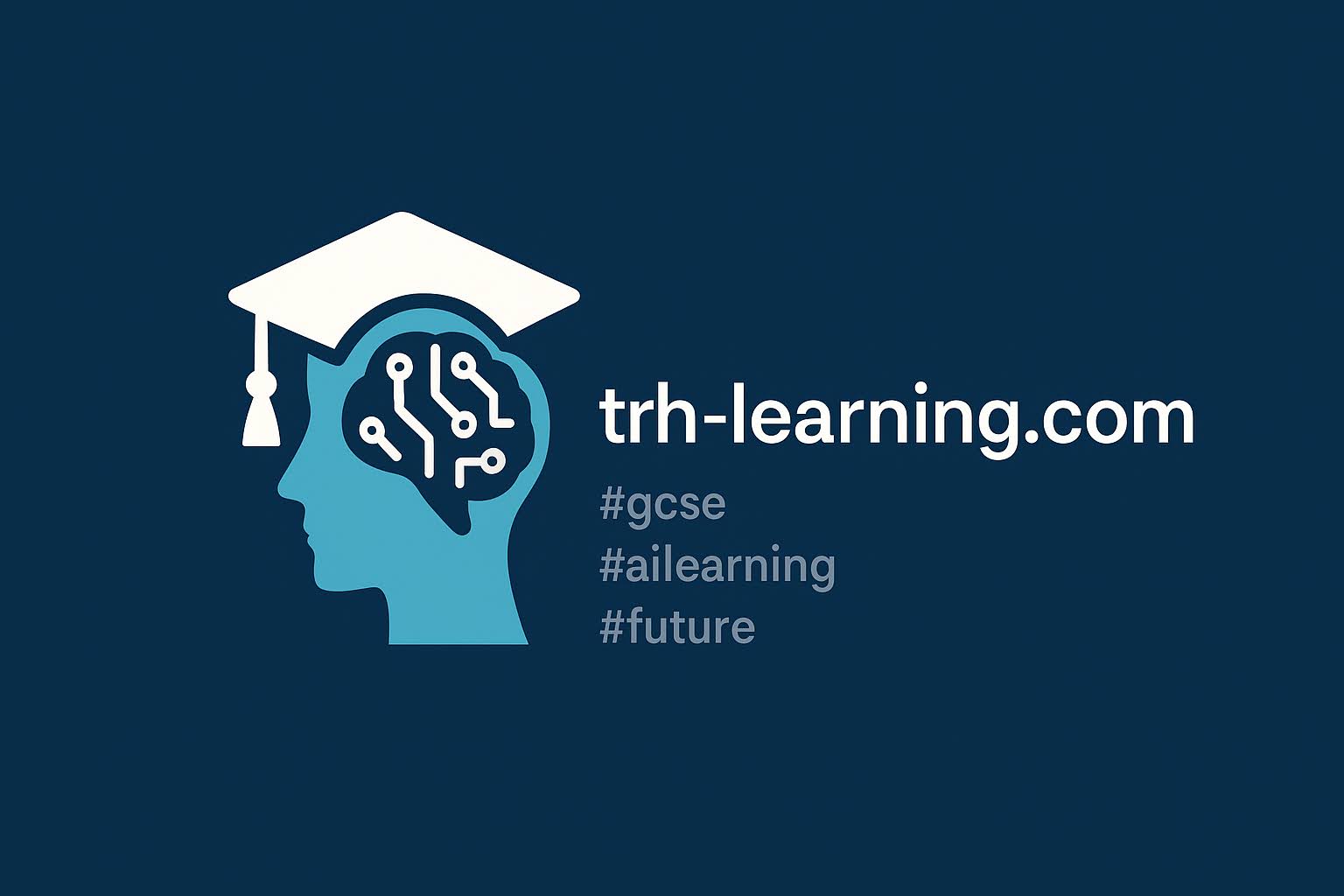"GCSE Maths Insight: Enhancing Measurement Skills with Virtual Reality Experiences"
Enhancing Measurement Skills with Virtual Reality Experiences
Enhancing Measurement Skills with Virtual Reality
Virtual reality (VR) is revolutionizing the way students learn, particularly in subjects like GCSE Maths. By providing immersive experiences, VR can significantly enhance students' understanding of measurement concepts.
Benefits of Using VR in Maths Education
- Interactive Learning: VR allows students to interact with 3D models, making abstract concepts more tangible.
- Engagement: The immersive nature of VR captures students' attention, increasing their motivation to learn.
- Real-World Application: VR simulations can demonstrate how measurement skills are applied in real-world scenarios.
Implementing VR in the Classroom
To effectively integrate VR into the GCSE Maths curriculum, educators can follow these steps:

- Select Appropriate Software: Choose VR applications that align with the curriculum and learning objectives.
- Prepare the Classroom: Ensure the necessary VR equipment is available and set up for student use.
- Incorporate into Lessons: Use VR as a supplementary tool to reinforce traditional teaching methods.
Challenges and Considerations
While VR offers numerous benefits, there are challenges to consider:
- Cost: VR equipment and software can be expensive, requiring budget considerations.
- Training: Teachers may need training to effectively use VR technology in their lessons.
- Accessibility: Ensuring all students have equal access to VR experiences is crucial.
For more information on integrating VR into education, explore resources on EdTech Magazine.
Browse Categories 📚
💻 Digital Tools
⚡ Study Techniques
📚 GCSE Subjects
🎯 Exam Preparation
📖 Economics Education
📖 Physics Education
💡 General Tips
📖 Chemistry Education
📖 Mathematics Education
🧠 Student Wellbeing
📖 Educational Technology
📖 Biology Education
👨👩👧👦 Parent Support
📖 GCSE Maths Revision
📖 Educational Technology in Chemistry
📖 GCSE Physics Revision
📖 Educational Technology in Biology
📖 Study Skills
📖 NVIDIA AI Certification
📖 Mathematics Revision
📖 GCSE Economics Revision
📖 GCSE Chemistry Revision
📖 Chemistry Revision
📖 AI Certification and Training
📖 AI Certification & Career Development
📖 Study Skills & Exam Preparation
📖 Science Education
📖 Responsible AI & Certification
📖 Practical Math Skills
📖 Personal Finance Basics
📖 Parental Guidance
📖 Natural Language Processing
📖 Modern Genetics and Biotechnology
📖 Mathematics in Everyday Life
📖 Mathematics Fundamentals
📖 Math Skills
📖 Machine Learning Certification
📖 MLOps & Model Deployment
📖 Generative AI Certification and Applications
📖 GPU Architecture & Optimization
📖 GCSE Maths Skills
📖 GCSE Exams & Assessment
📖 GCSE Biology Revision
📖 Financial Literacy
📖 Ethical AI Development
📖 Environmental Science
📖 Educational Technology in Physics
📖 Educational Technology in Mathematics
📖 Educational Strategies
📖 Education and Curriculum Development
📖 Edge AI & IoT
📖 Data Visualization
📖 Currency Exchange
📖 Conversational AI Development
📖 Computer Vision Applications
📖 Cloud AI Infrastructure
📖 AI/ML Certification
📖 AI Model Implementation
📖 AI Certification and Skills Development
📖 AI Certification and Deployment
Ready to boost your learning? Explore our comprehensive resources above, or visit TRH Learning to start your personalized study journey today!
📚
Category: Educational Technology
Last updated: 2025-09-24 09:55 UTC